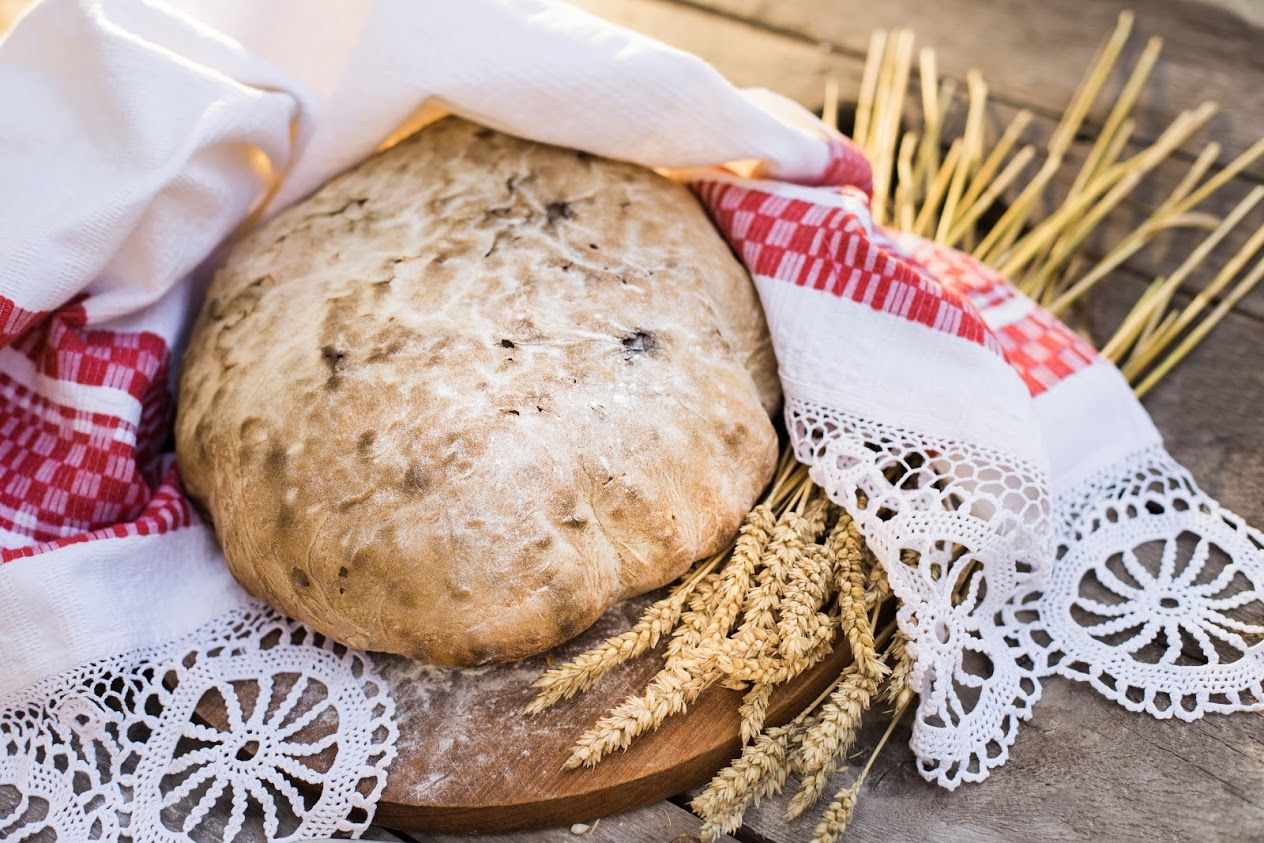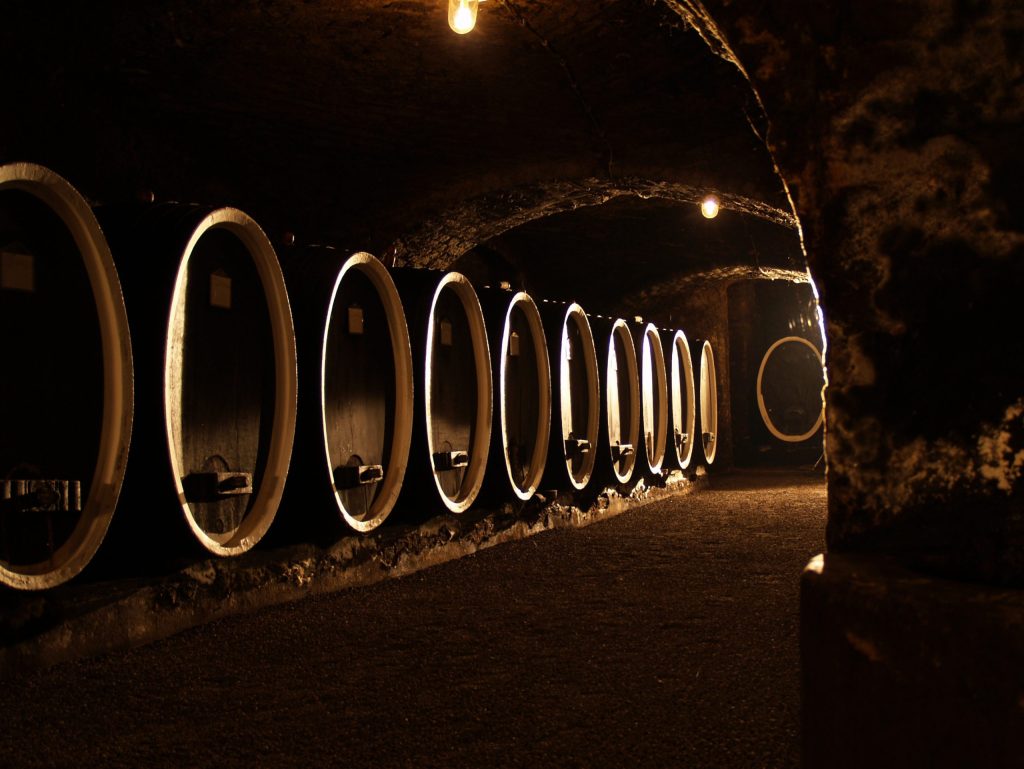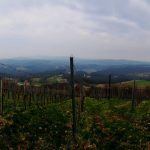Many legends also confirm this was an exceptionally wine-rich area in the past.
Is wine the medium which will bring Slavonia, often neglected and pushed aside, out of resignation and to the position it deserves? Stories of Slavonian wines, winemakers and their female colleagues are more common, and tourists are more readily exploring this lovely lowland area.
People here are welcoming, the food plentiful and delicious, and the wines – excellent. The female touch in Slavonian wines has also been noticed, so many write of winemaker Jasna Antunović Turk from Dalj, who won a platinum Decanter for her Graševina Premium 2013, but also of Ivana Nemet (Orahovica), Melita Rumbak (Erdut Wines), Suzana Zovko (Belje Winery), Vera Zima (Ilok Cellars), Martina Krauthaker (Krauthaker Winery, Kutjevo), Suzana Jurišić (Daruvar Winery, Badel 1862)…

Although considered in the world to be a variety of middle Europe, numerous global wine experts, including, respected wine critics Jancis Robinson and Steven Spurrier, claim the homeland of Graševina is in continental Croatia. The fertile Slavonian plane has always nurtured residents of the Požega-Slavonia County, prompting even the old Romans to call it Vallis Aurea or Golden Valley, and the Graševina gives its maximum right there. Many legends also confirm this was an exceptionally wine-rich area in the past. One of them states the Clicquot widow, the same lady that conquered the world in the 19th century with her champagnes, on her travels to St Petersburg visited Pleternica and was so thrilled by the local hills that she sent vine grafts from Champagne to residents of Pleternica upon her return home.
In her honour, one of the hills, and later a wine – a coupage of Graševina, Rhine Riesling, Pinot Blanc and domestic Ranina, were named Klikun, by the way the locals pronounced the Clicquot name. In Kutjevo, the oldest Croatian cellar dating back to 1232, you will hear the story of the passionate bond of Maria Theresa and baron Franjo Trenk, who spent in 1741 a full seven days in the Kutjevo cellar enjoying their love and seductive power of wines. Their love is said to be witnessed by the dent in the middle of the stone table still adorning this cellar.
In Pakrac you will learn that the tradition of cultivating vines is first mentioned in the travel journals of Piller and Mitterpacher “Travel Across Slavonia in 1782.” They describe large granaries and the Spahija cellar, hills covered with vines grown by the locals for the needs of the estate of counts Janković.

Three wine roads of the Požega-Slavonia County have been connected into one touristic experience, with over thirty wineries, all part of the Slavonian Roads programme of the county tourism board. With 800 hectares of vines, Kutjevo is the largest wine region of Požega-Slavonia County, encompassing Čaglin, Kutjev, Kaptol and Velika. One of the highest quality and recognisable Croatian wine regions, with the best positions on Vinkomir, Hrnjevac and Vetovo, gives wines of superior quality, with an interesting fact! The 45.3 parallel that stretches through the Kutjevo wine region also crosses significant Croatian, European and global wine growing regions – Istria, Piedmont, Val du Rhone, Bordeaux and Oregon.
The Požega-Pleternica wine region stretches for 390 hectares, with the largest number of vineyards on the slopes of Požega Mountain. Hills Klikun and Starac above Pleternica are the best continental positions so cultivate vines in Croatia. At 20 hectares, the smallest in the county, the Pakrac wine region covers the Pakrac and Lipik areas and is known for ecological wines. The superior wine experience is accompanied by excellent gastronomy, so you will surely not leave this part of Croatia hungry. You will be seduced by scents and tastes of homemade bread from a stone oven, dried bacon, ham, sausages, fish and meat stew and superior treats such as poppy and walnut cakes…
A real domestic ambience comes from the Pleternica area. Guests can take part in everyday life there, from growing ingredients to preparing delicious traditional meals. In its aim to preserve as many old recipes, the Ethnology Department of the Požega Town Museum envisioned an interesting project Museum in a Pot with traditional meals of Slavonian cuisine form the end of the 19th and beginning of the 20th century such as the wine growers ćevap, wine soup, Požega drunks… It seems the key is in wine and food, so head out to Slavonia as soon as you can. They deserve a complete awakening, lots of tourists, many gastro and enophiles, and everyone have bon appetite and – cheers!












